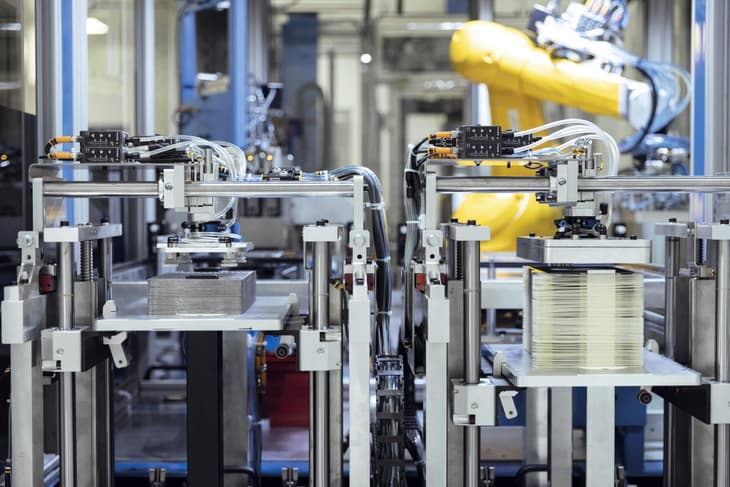While hydrogen-powered mobility has taken its fair share of knocks in recent years, with some reports criticising its ability to take a significant share of the clean mobility market, growth continues across various regions.
According to the Hydrogen Council, over 79,000 hydrogen fuel cell vehicles took were on the world’s roads in 2023¹. It has also been estimated that a potential growth in the global fuel cell market of over 20% between 2022 and 2028 will take place – to reach a valuation of $120m².
As more jurisdictions look to cut the emissions from the mobility sector, fuel cell electric vehicles (FCEVs), with their longer ranges and shorter refuelling times, continue to catch the eye of major automotive manufacturers – especially in the heavy-duty segment.
... to continue reading you must be subscribed





